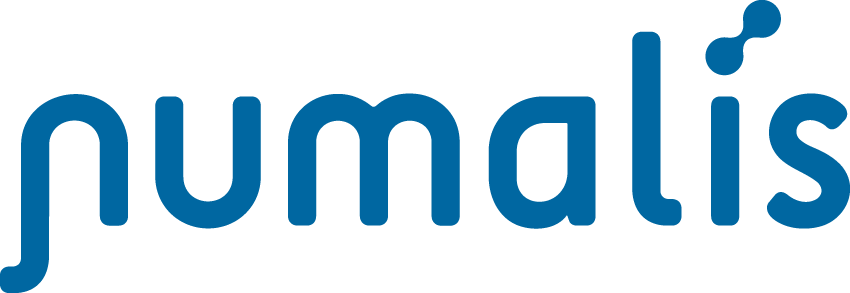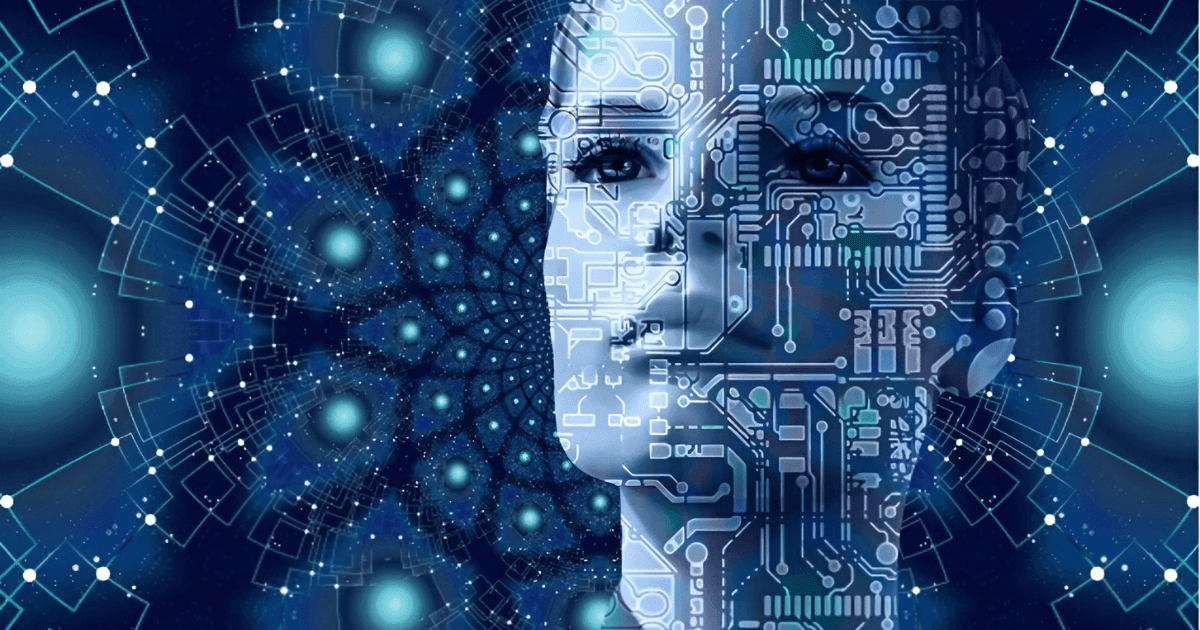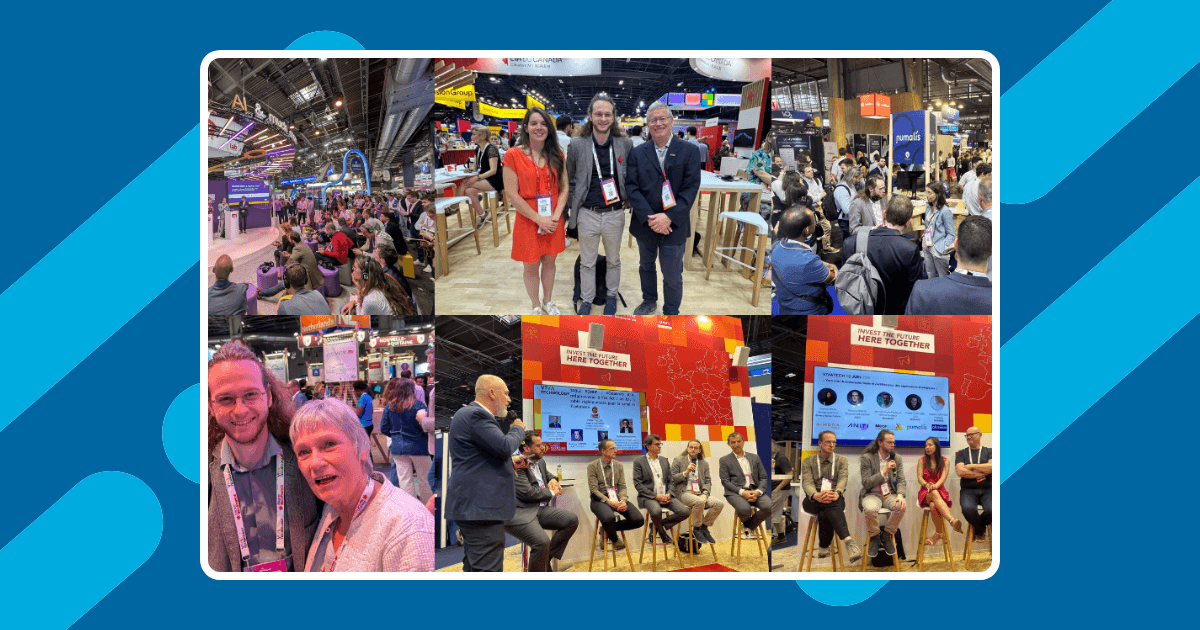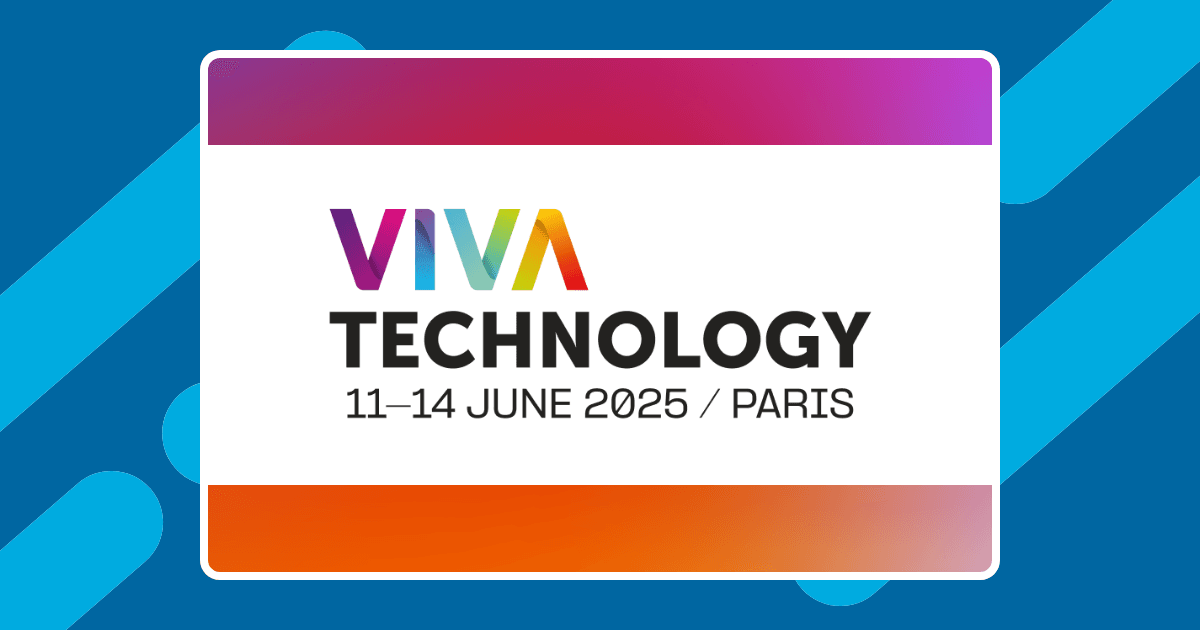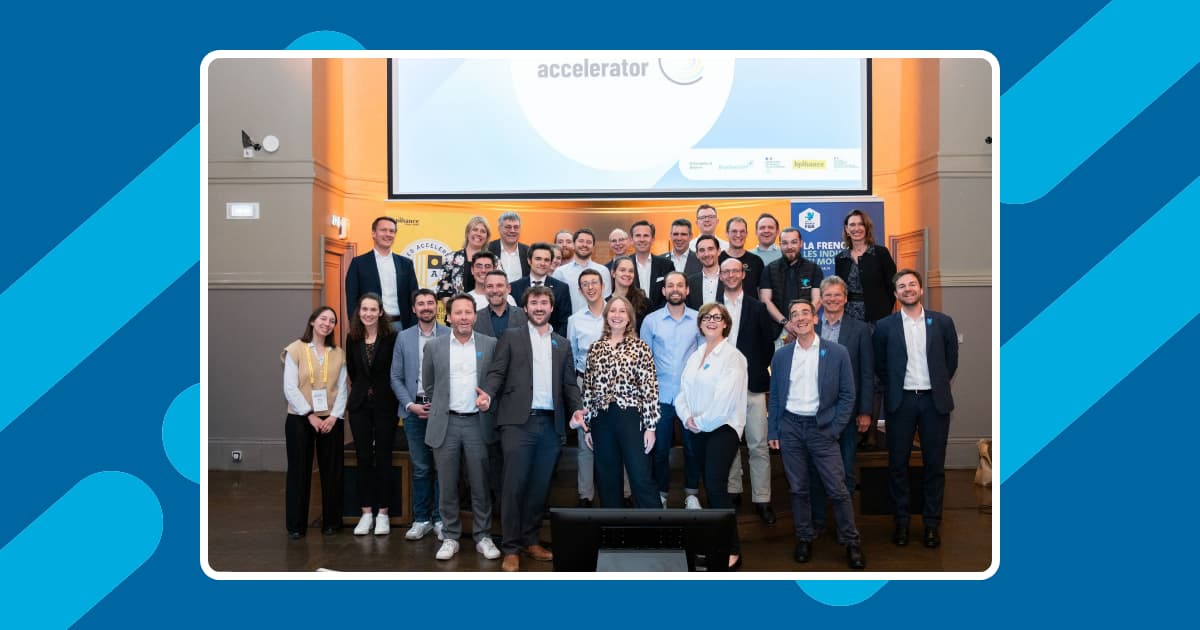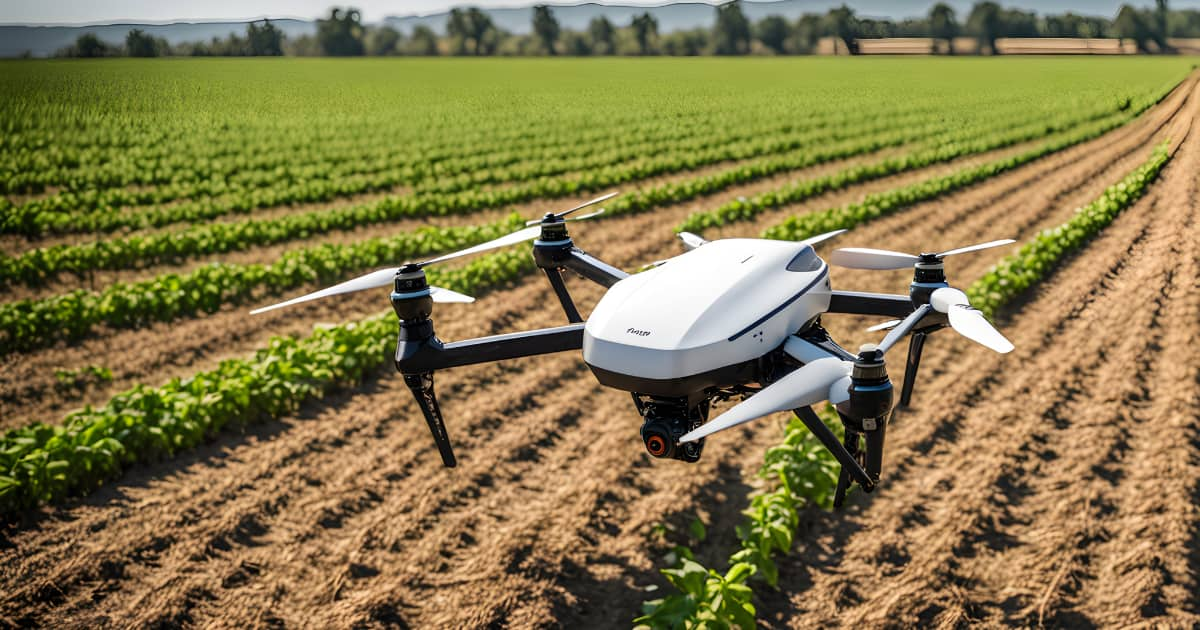Will AI replace humans? Not so sure, AI also opens new perspectives, but only if we know which AI we are talking about.
Yes, you read well, let’s stop talking about artificial intelligence but let’s talk about augmented intelligence! Because today, despite a lot of hopes placed around the rise of artificial intelligence, there are still fantasies about humans being replaced by machines. If before we thought that machines would replace humans, we know today that both are complementary. In that case we talk for example of cobotic (collaboration human-robot). The question is now “how to make machines interact efficiently with humans in order to help them?”.
Machine learning has its own limits and several examples have shown flaws of these systems which today are mainly effective for perception tasks. Because unlike humans, these systems don’t take context into account.
For instance, last year, internet users had fun by posting mosaics on which images of chihuahuas and muffins of the same colors were placed in bulk1. At first glance, the images are indeed very similar, even for a human looking at them distractedly. But where a human would have quickly understood the trick and then easily made the distinction, an AI would have needed much more training to do so. And this training would have involved massively human annotators to build up a sufficient learning corpus. The machine learning, and in particular perception systems, is not in itself capable of using context to reach a high level of interpretation to reach the field of cognition that uses it.
To improve these systems, it is necessary to take a step back and combine perception and cognition. Only then it is possible to obtain systems with high levels of efficiency. However, this union is still difficult and its potential deserves to be deepened. This is why one of the research fields of the ANITI project in Toulouse is dedicated to it2. Indeed, their goal is to develop a new generation of artificial intelligence, called hybrid, associating in an integrated way automatic learning techniques from data (machine learning) and models allowing to express constraints and to carry out logical reasoning (symbolic AI).
You’ve probably already heard the recurring debate about AI: AI is threatening our jobs, and it’s coming fast.
Will this technology replace humans? Will it be the cause of a spectacular rise in unemployment? Let’s think first about the competition that computers make on human workers. Humans and machines are good at totally different things3. Humans have intentionality, which means that they make plans and can make decisions in complicated situations, but we will be less good at making sense of huge amounts of data. In contrast, computers excel at processing large amounts of data efficiently, but they will have difficulty making new judgments or reasoning that would be simple for any human.
Fears about the replacement of men by machines were illustrated with a study published in 2013 by two Oxford University researchers entitled: “Future of Employment: How susceptible are jobs to computerisation? »4. This study makes an alarming statement, stating that almost half of all American jobs are likely to be automated over the next two decades. Since then, there has been a succession of reports on the subject, some reaching identical conclusions, some even more worrying, for example with a McKinsey study published in 2017, which indicates that 50% of the tasks carried out in the world are already likely to be automated. These statements, widely relayed by the media, have contributed to worrying the economic fabric and, above all, workers.
If the study mentioned above helped to launch the debate around robotization, the worries of seeing humans substituted by mechanics date back much longer. For example, as early as the end of the 15th century, when the first illustrated books were printed, wood engravers, who feared for their work, started riots and blocked printing plants to stop their production5. In the end, their fears dissipated as it turned out that more and more people were coming to ask for their services. Why were they coming? Because the price of books had dropped completely and demand was increasing, it was necessary to increase the supply of illustrated books accordingly and to call upon the same engravers to produce the original illustrations.
On the other hand, innovation also destroys jobs. In the second half of the 19th century, the mechanical mower, for example, made the mowing profession obsolete6. But, according to the principle of “creative destruction”7 theorized by the economist Schumpeter, it also creates new ones. For example, it takes engineers to design mechanical mowers, and workers to build them. So the question cannot be limited to the number of jobs that AI will destroy, because we must also consider those that it will create.
If we assume that job creation is made possible by AI, can these new jobs then partially or totally compensate for the disappearance of the others? It generally appears that the qualifications required to fill these new jobs would not be the same. For the decision-maker, the whole issue revolves around the reconversion and training of workers. On the one hand, one could think that the jobs threatened by AI would be those that supposedly require few qualifications, for example, call center employees threatened by voice assistants. On the other hand, one could imagine that the jobs created would be mostly jobs requiring high qualifications: engineers, scientists, AI experts, etc.
Nonetheless, this observation is too simplistic. The jobs that are threatened are not necessarily low-skilled, and the jobs that are created are not necessarily high-skilled either. For example, it is now possible for artificial intelligence to analyze medical X-rays much more efficiently than a radiologist. It could therefore be said that the professions of doctor are under threat. However, it will be up to the radiologist to validate the diagnosis, to adapt it according to environmental factors, to adapt the treatment, to discuss with the patient, to support him or follow him during his treatment.
Also, as impressive as the capabilities of AI are, it is still far from being multi-tasked. Thus, in many cases, it is not so much the entire work done by a human being that will be automated as specific tasks8. For example, if a robot can deliver meals, a human is needed to take orders, package the meal, give it to the robot, process customer requests, and then put the robot away once its tasks are completed, as well as to ensure its maintenance and upkeep. Thus, many of these tasks that the AI is unable to perform do not necessarily require a high level of skill, but rather a versatility, a sense of human contact, and social skills.
Another consequence of this automation of certain activities by machines is the creation of a whole new ecosystem of online work, with companies recruiting human workers to perform complementary AI tasks. This allows companies to recruit to perform tasks that computers are unable to perform, referred to as “human intelligence tasks”. These tasks may include writing product description sheets or transcribing small bits of audio files.
For example, Google employs several thousand people to ensure that videos posted on YouTube comply with the platform’s policies. This is also the case for companies involved in driverless car racing. For these AIs to correctly identify traffic signs and distinguish a cyclist from a pedestrian, for example, their software must be fed with large amounts of data illustrating different types of situations. Once the algorithm has been trained and deployed, the role of humans does not stop there: they must now ensure that it works properly and provide constant avenues for improvement. We can therefore see that artificial intelligence-based systems are in fact complementary to human work rather than being opposed to it. And it is indeed in the form of augmented intelligence that we will gain the greatest strength from this technology once in contact with human users.
Tomorrow’s world of work will certainly not be marked by a global unemployment crisis. However, it will require workers to know how to interact positively with AIs, whether to help them or to benefit from their contributions9. Learning to master AIs could eventually prove to be as important as knowing how to use the Internet or a smartphone.
- 3 familles d’intelligence artificielle et leurs applications business ↩︎
- ANITI Toulouse ↩︎
- Intelligence artificielle : pourquoi le remplacement de l’humain par la machine relève du fantasme ↩︎
- The future of employment: how susceptible are jobs to computerisation? ↩︎
- Intelligence artificielle : pourquoi le remplacement de l’humain par la machine relève du fantasme ↩︎
- La faucheuse : présentation et évolutions techniques ↩︎
- « Destruction créatrice » : pour en finir avec les contresens ↩︎
- Why AI Won’t Replace Humans?! — In a Nutshell. | by Kalyani Kolli ↩︎
- Margaret Mitchell: How we can build AI to help humans, not hurt us | TED Talk ↩︎
